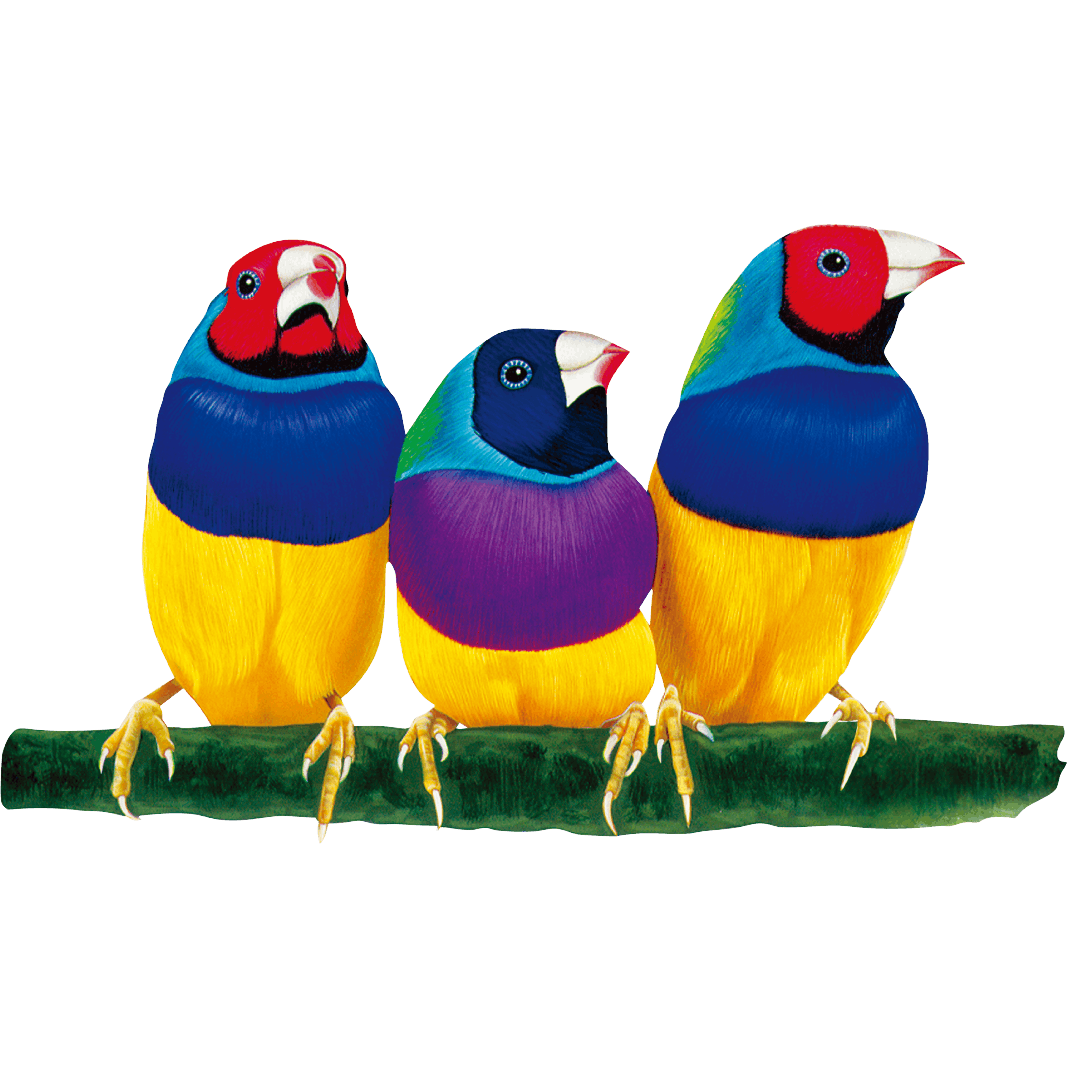Get ready to transform your storytelling sessions! We've meticulously crafted a guide with over 50 storytelling activities tailored for different age groups and learning stages. From sparking young imaginations to engaging older students in deep analysis, these activities are designed to enrich your educational toolkit. 📚✨
📢 We Want to Hear from You!
We're eager to hear how you've used storytelling in your classroom. Share your experiences or unique ideas by February 29th. Your contributions will be part of our "Story Activities Kit", a resource compiled from your insights and shared with our community.
🚀 Before Storytelling: Igniting Curiosity
(Activities range from simple to complex, ideal for different age groups.)
Drawing Predictions: Young children draw their predictions about the story.
Warm-Up Reading Activity: Read a simple, related story.
Props and Costumes Creation: Make and decorate simple props.
Sound Effects Creation: Discuss and practice making relevant sounds.
Physical Movement: Plan gestures or movements related to the story.
Character Creation Workshops: Talk about and draw main characters.
Setting Scenery: Draw or discuss the story's setting.
Plot Outlining: Create a basic plot diagram or storyboard.
Predictive Discussions: Guess what might happen based on the title or cover.
Mood Setting with Art and Music: Create a mood board for the story.
Question Formulation: Encourage students to think of questions about the story.
Vocabulary Building: Introduce key words and phrases from the story.
Role Assignments: Assign reading or acting roles for the story.
Building Anticipation: Share intriguing snippets from the story.
Creating Personal Connections: Encourage students to connect the story to their own experiences.
Brainstorming Themes: Discuss potential themes or morals of the story.
Empathy Building: Discuss how characters in the story might feel.
Introduce Story Structure: Explain the elements of a typical story.
Expectation Setting: Discuss what students should listen for during the story.
Cultural Context Briefing and Background Research: Provide in-depth background information about the story's origins or related topics.
🌟 During Storytelling: Bringing Stories to Life
(Crafted to progressively engage learners from young to old.)
Use of Props and Costumes: Incorporate simple props into the storytelling.
Character Role-Playing: Have students act out parts of the story.
Illustrating Scenes: Draw scenes from the story as they are described.
Interactive Storytelling: Pause for predictions or questions during the story.
Group Reading: Take turns reading parts of the story aloud.
Question Pauses: Stop for clarification or discussion questions.
Emotional Check-Ins: Discuss characters' feelings at key moments.
Real-Time Quizzes: Quick questions to ensure understanding.
Story Mapping: Visually map the story as it progresses.
Vocabulary Highlighting: Point out and discuss new words as they appear.
Change the Plot: Suggest how the story might change at certain points.
Dramatic Pauses and Effects: Enhance key moments with dramatic pauses.
Connect to Earlier Discussion: Relate events in the story to the pre-story discussion.
Peer Storytelling: Allow students to add to the story or suggest alternatives.
Guided Imagery: Lead students through visualizing parts of the story.
Mood Lighting and Music: Adjust the environment to reflect the story's mood.
Feedback Loop: Encourage immediate reactions or thoughts.
Use of Technology: Incorporate multimedia elements into the storytelling.
Physical Movement: Integrate more complex actions or gestures.
Sound Effects Creation: Use and create more sophisticated sound effects.
✍️ After Storytelling: Reflecting and Expanding
(Activities evolve for deeper creative and analytical exploration.)
Artistic Interpretation: Draw or paint scenes from the story.
Story Sequencing: Arrange story events in the correct order.
Performance Reenactment: Act out the story or key scenes.
Group Debate: Discuss different interpretations of the story.
Character Analysis: Dive deeper into each character's motivations.
Creative Writing: Write an alternate ending or a continuation.
Journal Writing: Reflect on personal connections to the story.
Review and Summary Writing: Write summaries of the story.
Question Answer Session: Address any remaining questions or confusions.
Comparative Analysis: Compare the story to other similar stories.
Diorama Creation: Build more complex representations of scenes.
Role Reversal: Rewrite the story from another character's perspective.
Theme Exploration: Discuss and analyze the story's central themes.
Moral Application: Apply the story's lessons to real-life scenarios.
Storytelling Feedback: Provide in-depth feedback on the storytelling process.
Vocabulary Reinforcement: Use new vocabulary in various contexts.
Continuation Writing: Imagine and write about what happens next.
Emotional Understanding: Discuss the emotions of each character in-depth.
Drawing Conclusions: Analyze and draw conclusions about story events.
Reflection and Discussion: Engage in a comprehensive discussion about the story, its implications, and its relevance.
👇 Don't forget to participate and share your thoughts in the comments – let's inspire each other and grow together! 💬
Happy Storytelling, Educators! Let's weave tales that transform! 📖✨



